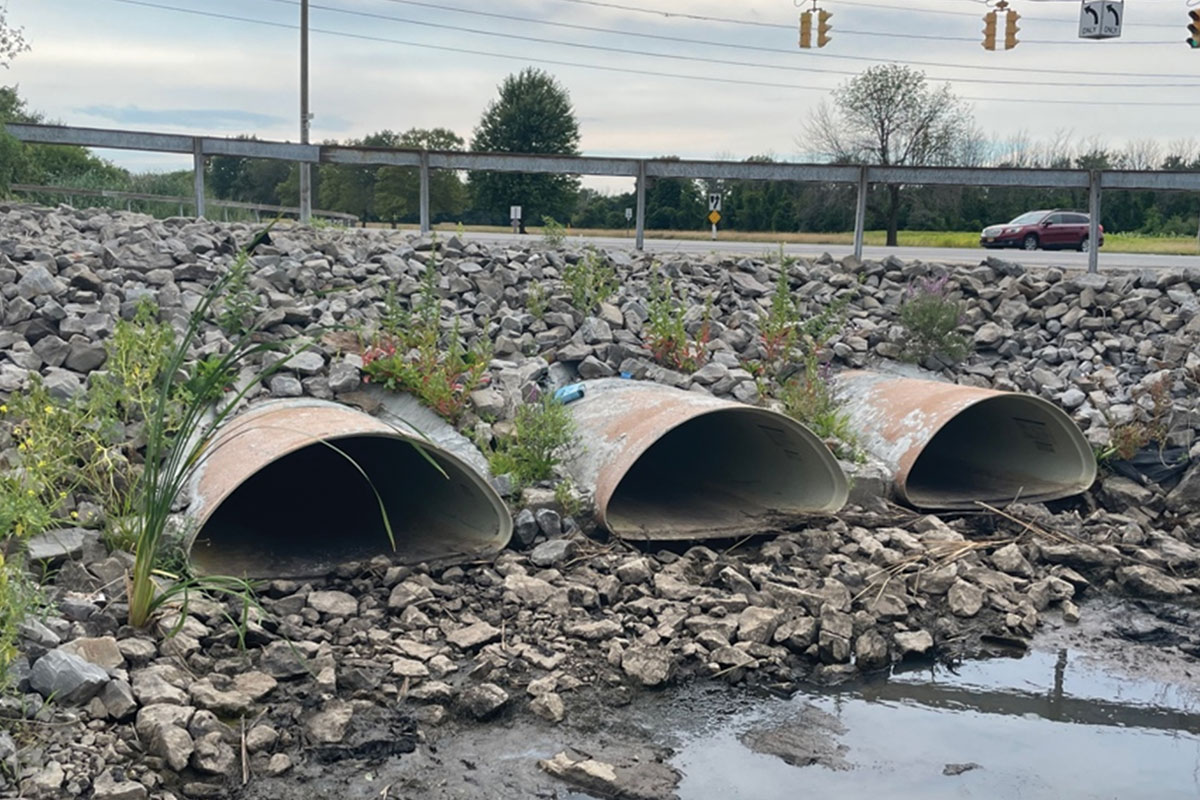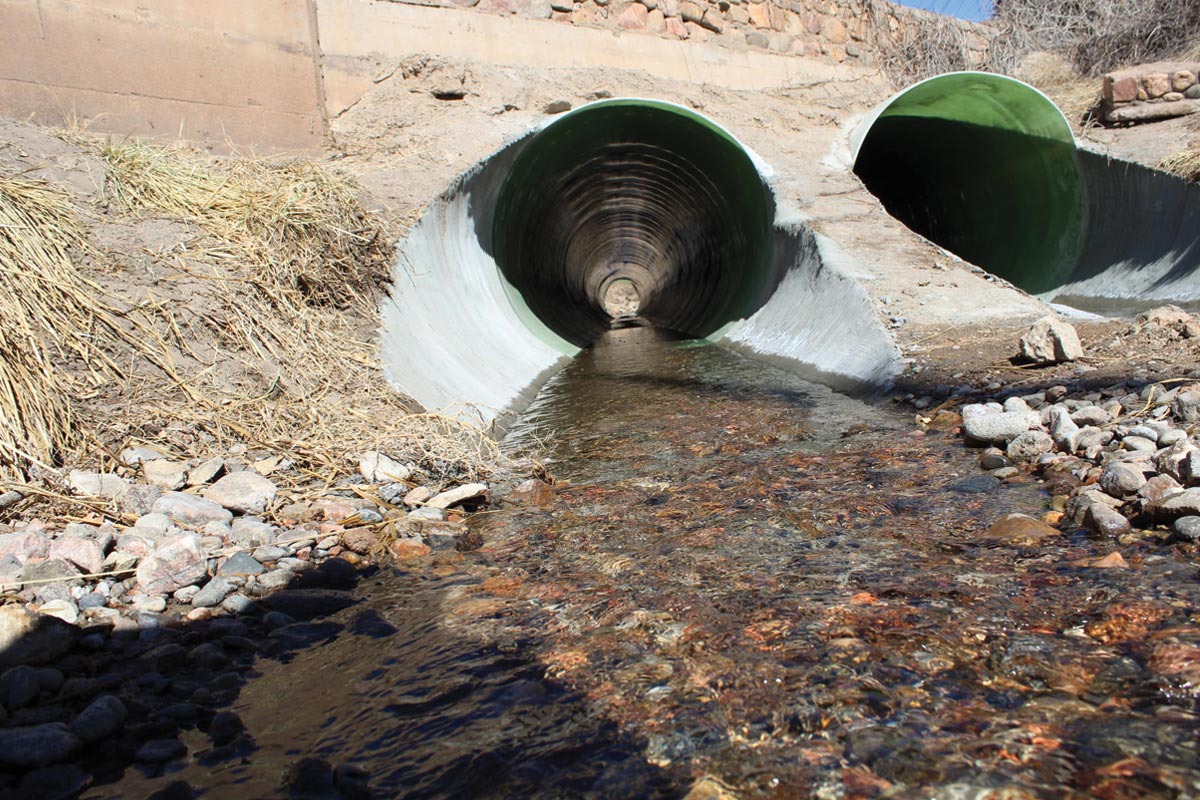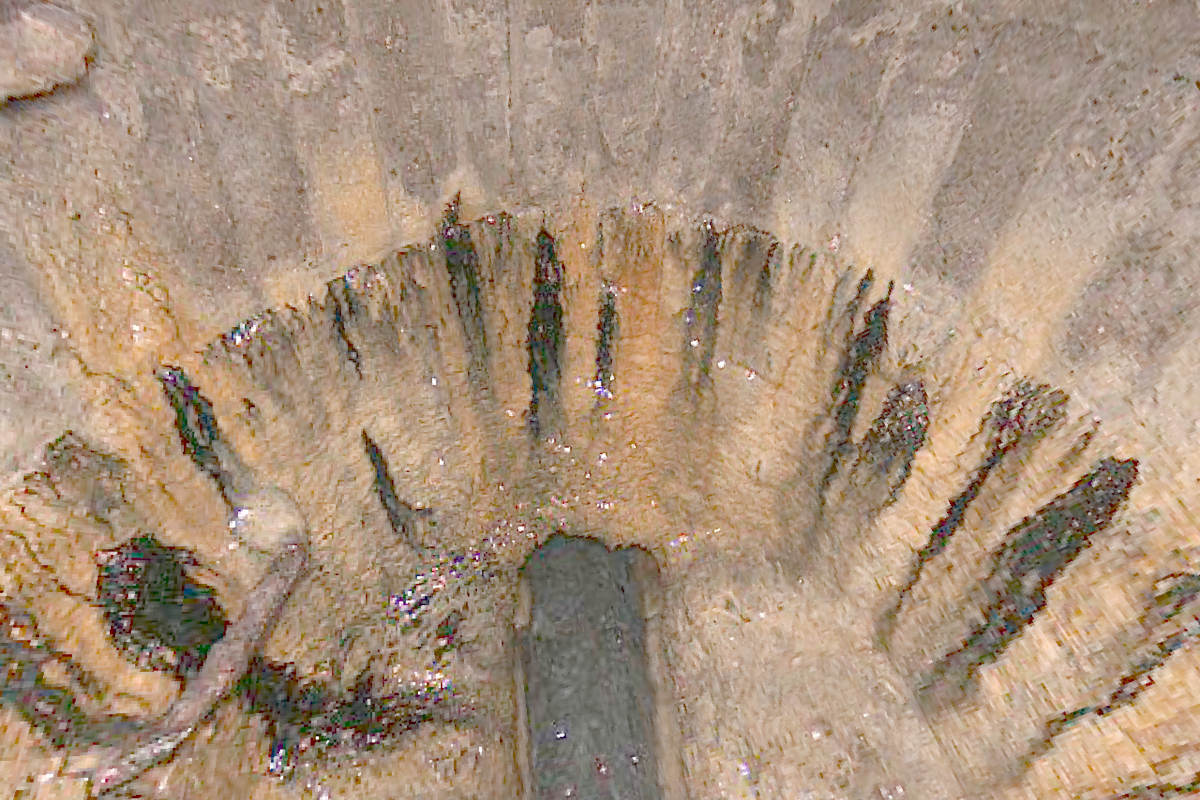
Considerations When Working with Geopolymer Mortar
The first commercially available geopolymer mortar for sewer and storm water rehabilitation was introduced in 2011. Since then, “geopolymer” has become a bit of a buzzword in the trenchless industry, and several companies have introduced so-called “geopolymer” products.
Some of these companies have just rebranded the products they were selling as Portland cement mortars once the key aspects of geopolymer chemistry (i.e. chemical resistance, no cold-joints and enhanced structural properties) became widely recognized as advantages in the trenchless industry.
If you are considering geopolymer for your next trenchless project, be sure to consider the following elements to ensure you are getting a qualified, quality product.
RELATED: Milliken & Company Announces Leadership Transition
Product Design: Geopolymer vs. Portland Cement
There is misinformation within the industry about what qualifies as a geopolymer. In strict terms, a geopolymer is a network of mineral-based elements linked with covalent bonds, but that explanation is a hard definition to quantify. Typically, in the trenchless market, geopolymers are aluminosilicates, which have a high percentage of Si-O-Al-O bonds. While there are several detailed techniques that can be used to quantify the chemical composition of a mortar, none are perfect at assuring that the mortar is a geopolymer. The best option currently available is X-ray fluorescence (XRF). XRF can be measured using ASTM C114 and helps determine the actual composition of the material. A geopolymer material formulation should contain at least 70 percent of raw materials that can react in the correct way (also called pozzolanic material); these raw materials include SiO2, Al2O3, Fe2O3 and MgO. If someone asks for a specification of an exact ratio or percentage of chemistry or more exotic testing, he or she is trying to get you to sole source the product without knowing it. This XRF test ensures that one of the main components of Portland cements — CaO — which can come from other sources as well, is below 30 percent. This value minimizes the chance that the product is a Portland cement mortar with some pozzolanic filler material thrown in claiming to be a geopolymer.
Project History
It is always important that any product you buy has a reliable history in the marketplace. You should ask how many projects your contractor has been involved with using the geopolymer. A reliable provider should have more than 100 projects completed within the past five to 10 years.
Since 2011, it is estimated that more than 100,000 lf of large diameter pipe has been structurally repaired with geopolymer mortars, including pipes as small as 24 in. to greater than 17 ft in diameter. Material suppliers with genuine geopolymer experience should be able to provide project lists for significant amounts of this work.
Reliable Product Testing
Testing and data are critical to ensuring the product you buy is truly suited for your trenchless application. Currently, only one geopolymer mortar has been fully tested and validated for structural performance in pipe configurates by third-party labs. Two of the most respected civil engineering labs in North America have done extensive tests on pipes repaired with a geopolymer mortar. Both the Trenchless Technology Center (TTC) at Louisiana Tech University, as well as Dr. Ian Moore’s laboratory at Queens University in London, Ontario, have characterized the structural performance of actual pipes rehabilitated with a geopolymer mortar, and full reports of the testing are publicly available as the research was published via peer reviewed journals and conference to asset owners and engineers interested in understanding the structural performance.
Because only one geopolymer mortar has been third-party tested in both standard physical properties as well as full pipe testing, it is critical to investigate the design method used in determining the liner thickness is appropriate. Using design methods for flexible pipes, like CIPP, does not accurately predict the behavior of geopolymer mortars. The material supplier should be able to provide you data on how his or her materials perform in a full pipe and align it with the design method. This data can help assure the engineers and asset owners that the design thickness calculated using this validated methodology will stand up to rigorous engineering standards.
Product Specifications Flex Strength
The rigorous third-party testing conducted in pipe form confirms that the failure mode of cementitious and geopolymer mortars will be longitudinal cracking in the crown of the pipe under excess load. This failure is different from flexible pipes, which can fail by buckling. This longitudinal crack will form when the tensile forces on the interior surface of the pipe exceed the tensile strength of the material, but because this load is applied perpendicular to the tensile face, the critical physical property of the material failure mode is flexural strength or flexural modulus. This result means that for any given load configuration, geopolymers with a higher flexural strength will have the minimum required structural thickness.
Flexural Modulus
Not all test methods are created equal. In fact, just because a company says it measures a certain physical property, it does not ensure that the company provides the proper conservative engineering value. For flexural strength, there are several methods that suppliers are using to report their values: ASTM C293, ASTM C348 and ASTM C78. Which one is right? Which one is conservative? ASTM C293 and ASTM C348 both use center point loading, which loads the beam from a single central point across a known span, while ASTM C78 loads a beam at two equidistant points across the span, or in what is called “third-point loading.” Third-point loading is more conservative and produces a lower value when the same material is tested, thus ASTM C78 will give you a more conservative value versus ASTM C293 and C348, respectively.
RELATED: A GeoPolymer Solution: Controlling Stormwater Infliltration in California
Therefore, all values of flexural strength do not conservatively predict the material behavior in actual loading conditions. The full-scale pipe testing confirms that the third-point loading method as outlined in ASTM C78 is an appropriate measurement for predicting pipe performance. Using less conservative test methods in the same model will under-predict the required design thickness and should not be considered conservative engineering.
Summary
The necessity of chemical resistance, no cold-joints and enhanced structural properties as key aspects in the trenchless industry, combined with the rise in popularity from multiple introductions of geopolymer products in the trenchless industry, increases the requirement of adequate data. Any legitimate geopolymer mortar supplier should be able to confidently address each element with data, research and testing to back up his or her claims. Only then should you consider your supplier for future projects that call for geopolymer mortars.
Joe Royer, PhD, is development manager at Milliken Infrastructure Solutions LLC.






